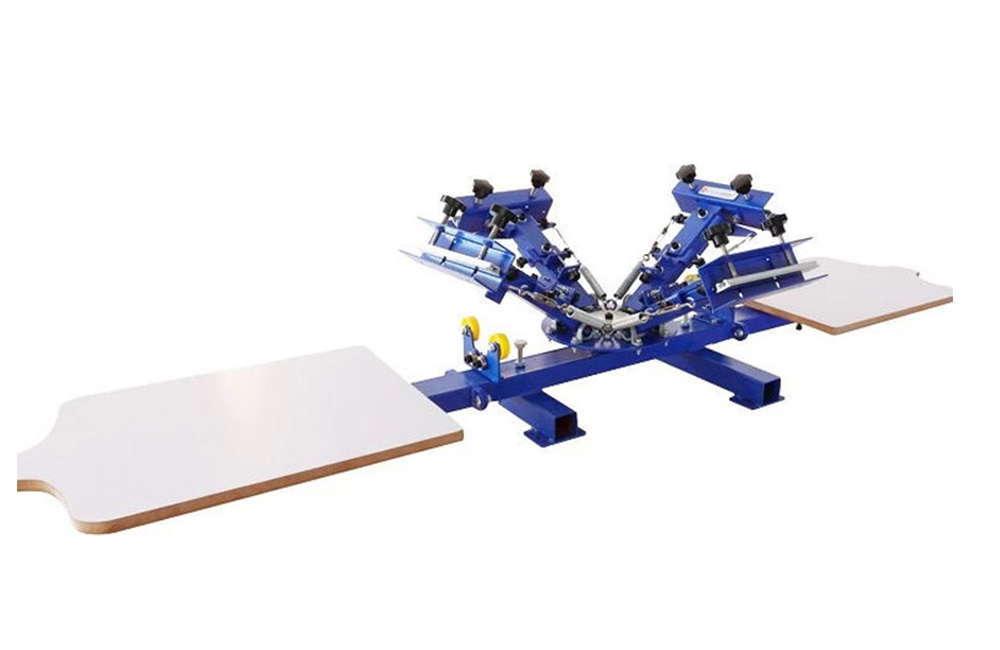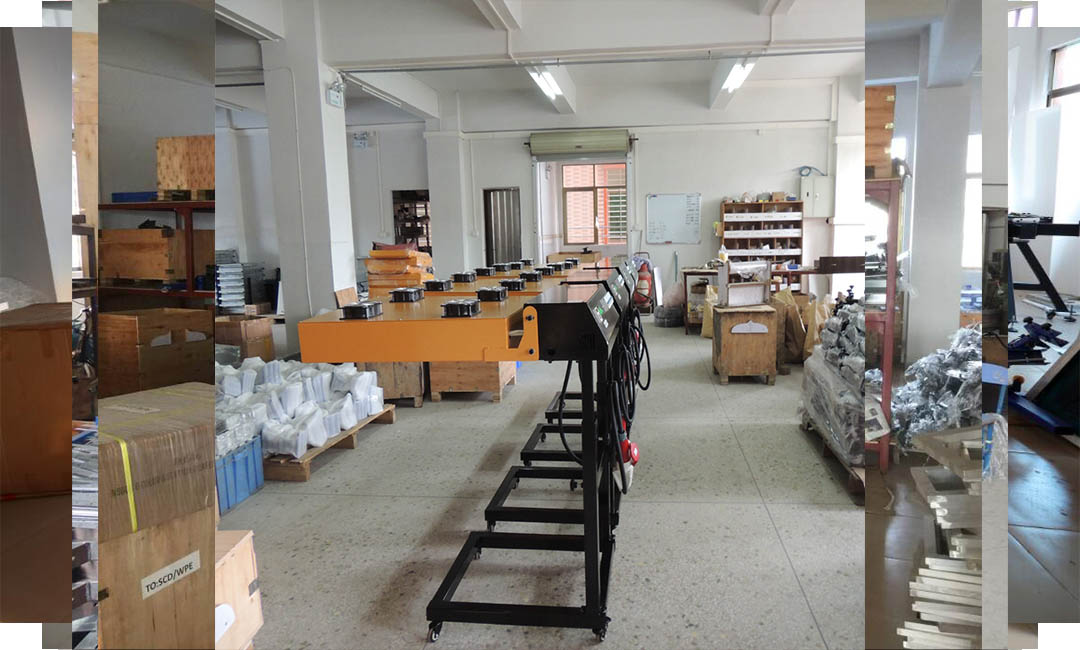DIY Screen Printing: Setting Up a Budget-Friendly Printing Station
Essential Equipment for DIY Screen Printing
Screen printing is a popular method of transferring designs onto various surfaces, such as fabric, paper, and wood. While professional screen printing equipment can be expensive, setting up a budget-friendly DIY printing station is entirely possible with the right tools and materials. In this article, we will discuss the essential equipment needed to start your own DIY screen printing operation.
The first and most important piece of equipment you will need is a screen. Screens are typically made of a wooden or aluminum frame with a mesh fabric stretched across it. The mesh fabric allows ink to pass through onto the surface being printed. Screens come in various sizes and mesh counts, so be sure to choose one that is appropriate for the size and detail of your design.

Next, you will need a squeegee. A squeegee is used to push the ink through the screen and onto the surface being printed. Squeegees come in different sizes and shapes, so choose one that is comfortable for you to use and appropriate for the size of your screen.

In addition to screens and squeegees, you will also need ink. Screen printing ink comes in a variety of colors and types, so be sure to choose one that is suitable for the surface you are printing on. Water-based inks are a popular choice for beginners as they are easy to clean up and do not require harsh chemicals for cleanup.
To hold your screen in place while printing, you will need a hinge clamp or screen printing frame. These devices hold the screen securely in place and allow you to easily lift and lower it onto the surface being printed. Hinge clamps are a more budget-friendly option, while screen printing frames offer more stability and precision.
To ensure that your prints are aligned correctly, you will need a registration system. A registration system consists of registration pins and a registration board that help you line up your screen with the surface being printed. This is essential for multi-color prints and ensuring that your designs are centered and straight.
Finally, you will need a printing surface. This can be anything from a t-shirt to a piece of paper or wood. Be sure to choose a surface that is appropriate for the type of ink you are using and that can withstand the heat required to cure the ink.
Setting up a budget-friendly DIY screen printing station is entirely possible with the right tools and materials. By investing in essential equipment such as screens, squeegees, ink, hinge clamps, registration systems, and printing surfaces, you can start creating your own custom prints at home. With practice and experimentation, you can develop your screen printing skills and create unique designs that reflect your personal style.
Pre: How to Print Posters and Signage with a Silk Screen Printing Machine
Next: How to Create Custom Merchandise with a Small Screen Printing Machine
Tags: